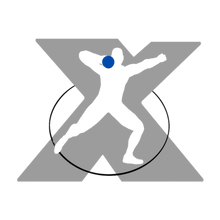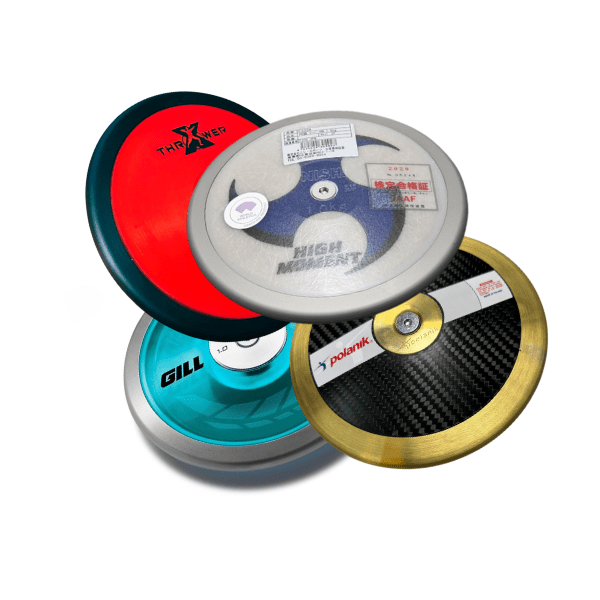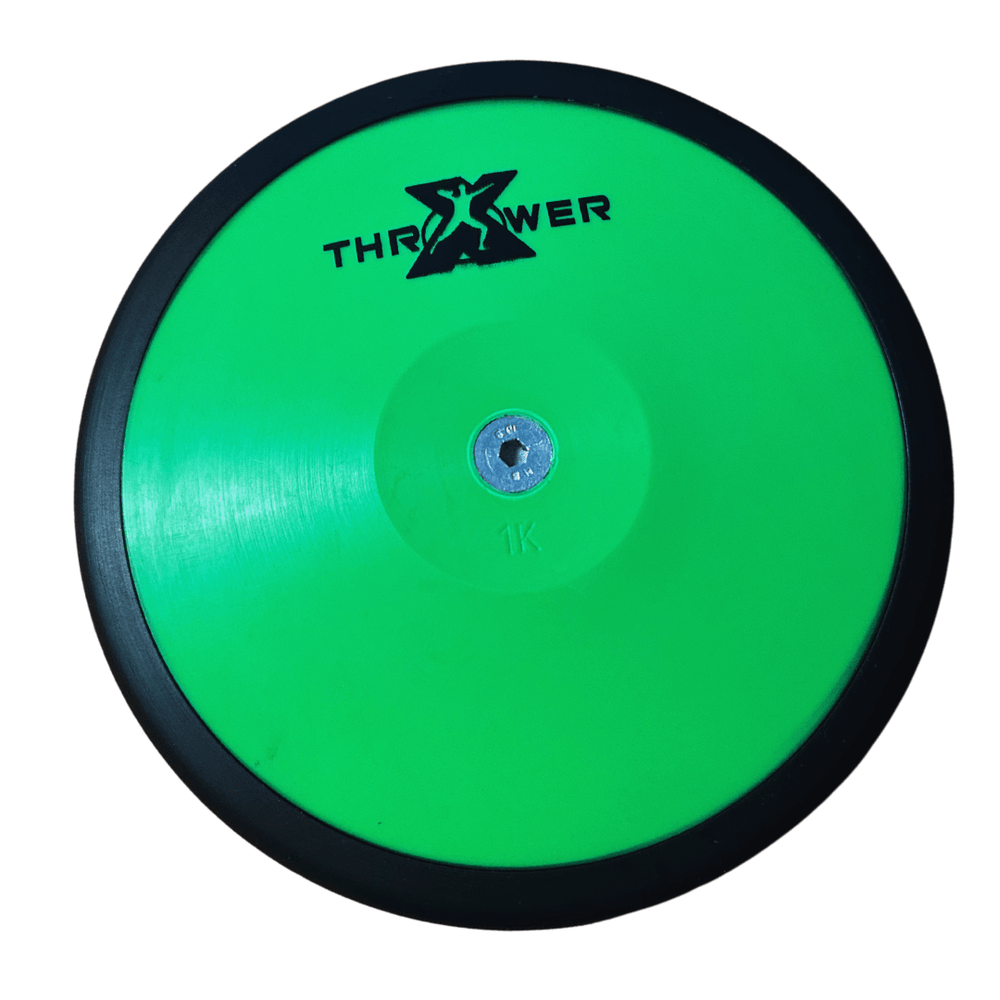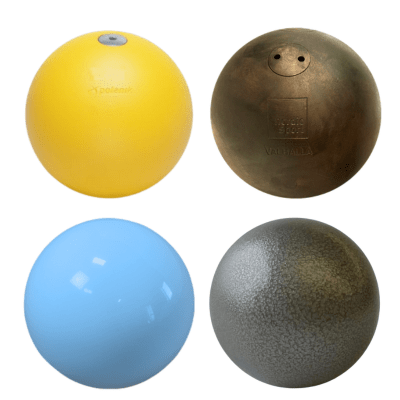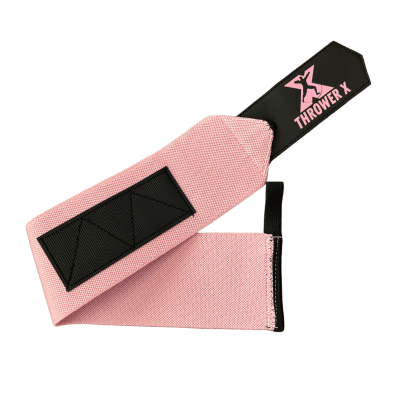Strength Training for the Throwing Events
Strength Training for the Throwing Events
Strength training programs for the throwing events should be designed with the ultimate objective in mind: throwing far!
In the article Strength and Conditioning Roundtable (Track Coach, Winter 2001), Dr. Larry Judge states:
“The main objective in throwing is to create the highest release velocity possible. The majority of strength, conditioning and technique work is geared toward increasing force to achieve this objective.”
To achieve this, coaches and athletes must understand key training principles and how they apply to the throws.
Key Terms and Training Concepts
Work Capacity
Work capacity refers to the ability to repeat sub-maximal efforts. In throwing, this quality allows athletes to handle greater training volumes and recover more efficiently.
- In the weight room: Medicine ball circuits, plate circuits, and Olympic lifting combinations build work capacity.
- In the ring or field: Repetition throwing and technical drills enhance specific work capacity.
Work capacity is especially important during the initial preparation phase and as a bridge between indoor and outdoor seasons.
Strength
Strength is the ability of the neuromuscular system to produce force (Force = mass × acceleration, Newton’s Second Law).
- In the weight room: Multi-joint lifts — such as squats, pulls, and presses — developed through sub-maximal to maximal efforts, form the foundation of strength.
-
In throwing: Using heavy implements (e.g., overweight shots or discuses) develops specific throwing strength.
- Examples: Overweight discus throws, or standing shot puts with heavy dumbbells.
Explosiveness & Rate of Force Development (RFD)
Explosiveness refers to the ability to produce high-speed muscular power — the rate at which force is applied. This is crucial for maximizing release velocity.
-
Training methods:
- Olympic lifts and variations with sub-maximal loads emphasizing bar speed
- Medicine ball throws and plyometric exercises
- Speed and coordination drills using lighter implements
Throwing events are among the most explosive movements in all of sport, and training should reflect that demand.
Foundational Lifts for Throwers
The Olympic lifts — snatch, clean, and jerk — are the cornerstone of most high-level throwing programs. These lifts develop total-body coordination, power, and explosiveness.
Common Lifts Used in Thrower Training
-
Olympic Lifts: Clean, snatch, high pulls, box or mid-thigh variations, jerks (front and back), push press, split snatch, clean & jerk, continuous clean & jerk, Romanian deadlift.
Note: All movements can be performed with dumbbells, including single-arm and single-leg variations. - Lower Body: Squat, front squat, overhead squat, step-up, lunge, reverse lunge, explosive pause squat, and half squat.
- Upper Body: Bench press, incline press, push press, standing military press, explosive pause bench, and single/double-arm dumbbell presses.
Daily Training Structure
A balanced strength training session for throwers should include:
- Dynamic Warm-Up: progressing from general to event-specific movements
- Olympic Lift Variation: focusing on power and speed, or technique
- Multi-Joint Strength Exercises: squats, presses, or pulls
- Secondary Exercises: single lower/upper, core, medicine ball, plyometrics, etc
Early Season Sample Program | (Shot Put and Discus Throw)
Day 1
Hang Cleans (above knee) 6 sets-4 repetitions: up to 70%
Bench Press 4 sets-7 repetitions: up to 70%
Squats 4 sets-7 repetitions: up to 60%
5x10 Hammer Toss Throws
3x20 Sit Ups with Twist
Day 2
Clean Pulls 6 sets-3 repetitions: up to 70%
Step Ups 4 sets-5 repetitions: light
Incline Bench 4 sets-6 repetitions: light
10x5 Hurdle Hops (30")
5x10 Walking Plate Twist
Day 3
Hang Clean (below knee) 6 sets-3 repetitions: up to 75%
Front Squats 6 sets-5 repetitions: up to 70%
DB Bench Press 3 sets- 8 repetitions: light
Circuit (3 sets): V-Ups x20 -Kneeling Chest Pass Throw x20 -Vertical Jumps x20
Programming Guidelines
When designing the training plan, alternate heavy (high-intensity) and light (low-intensity) training days. This approach enhances recovery, maintains training quality, and reduces the risk of overtraining.

